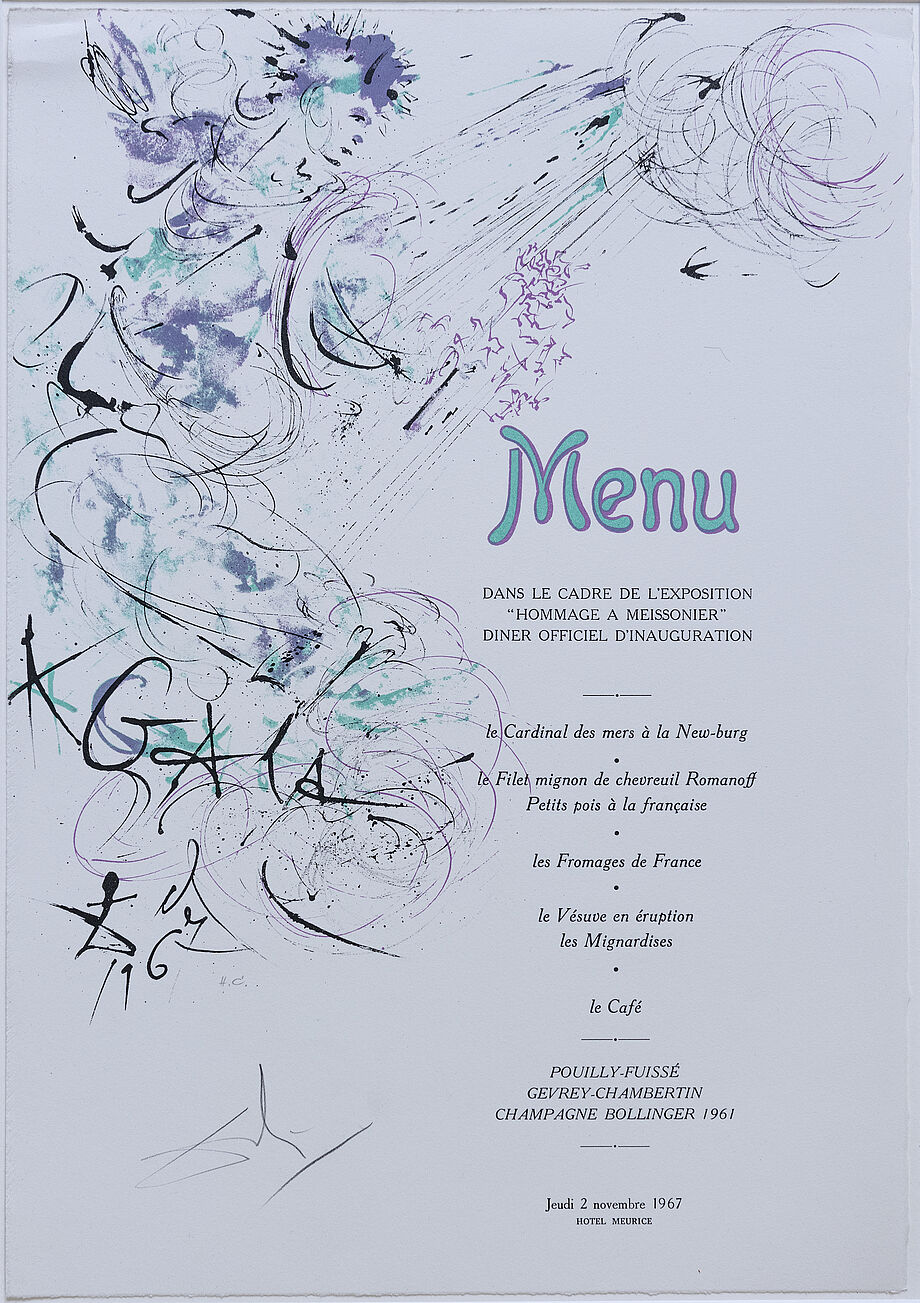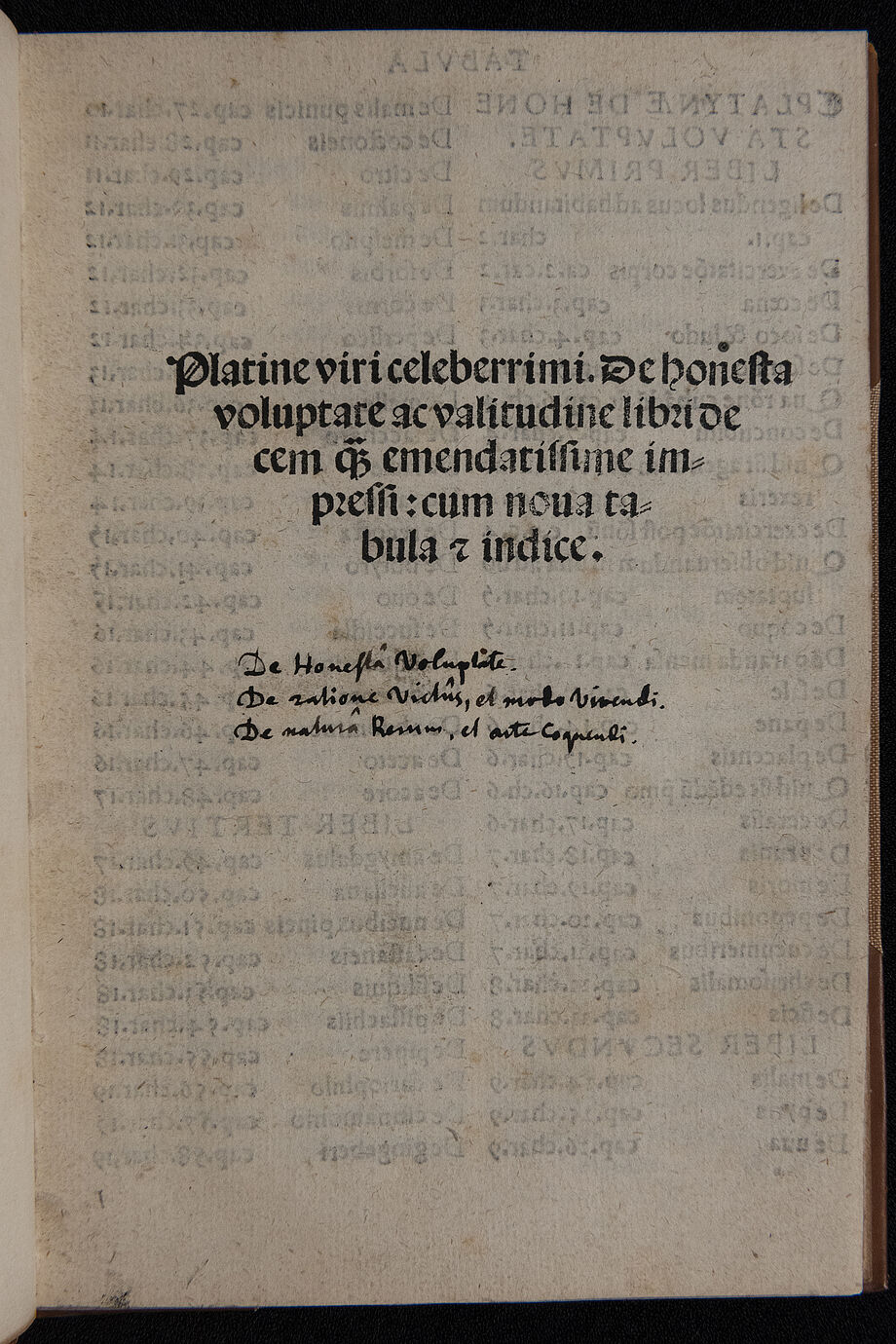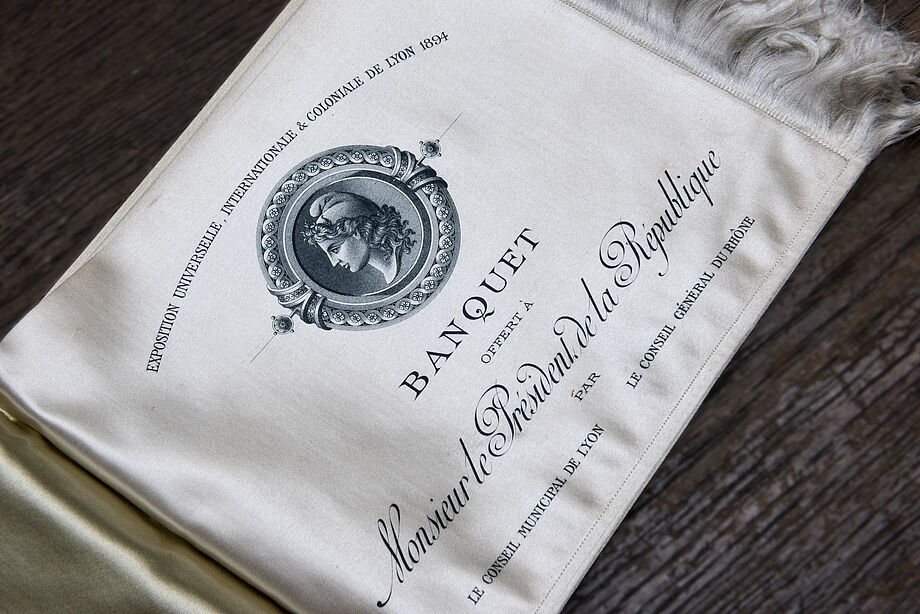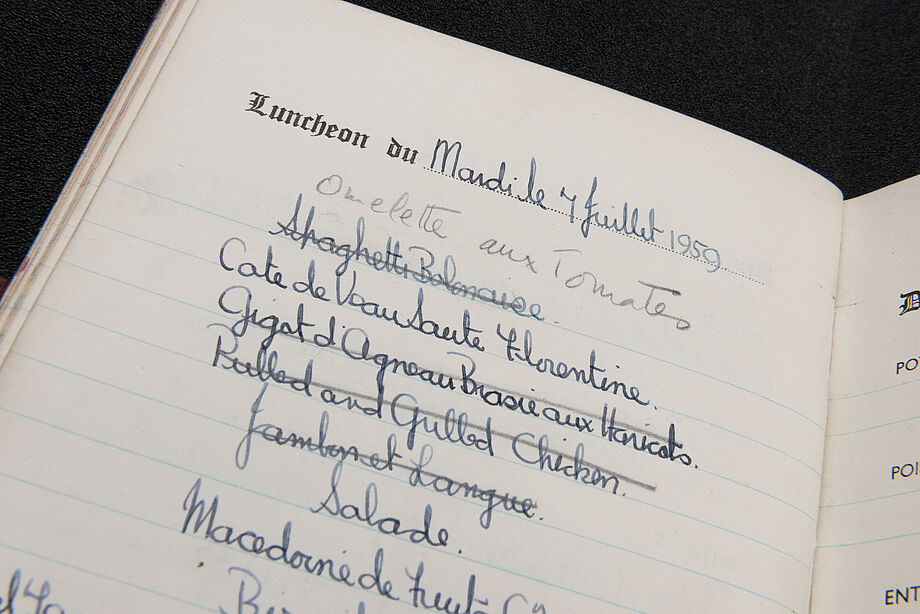Birsner Collection
With the estate of the renowned chef Ernst Birsner (1935–2015), you will find one of the most extensive and valuable private culinary collections in the German-speaking world at the SLUB Dresden. It comprises an estimated total of 50,000 objects, including about 40,000 menus from several centuries, approximately 11,000 books, and gastrosophical manuscripts.
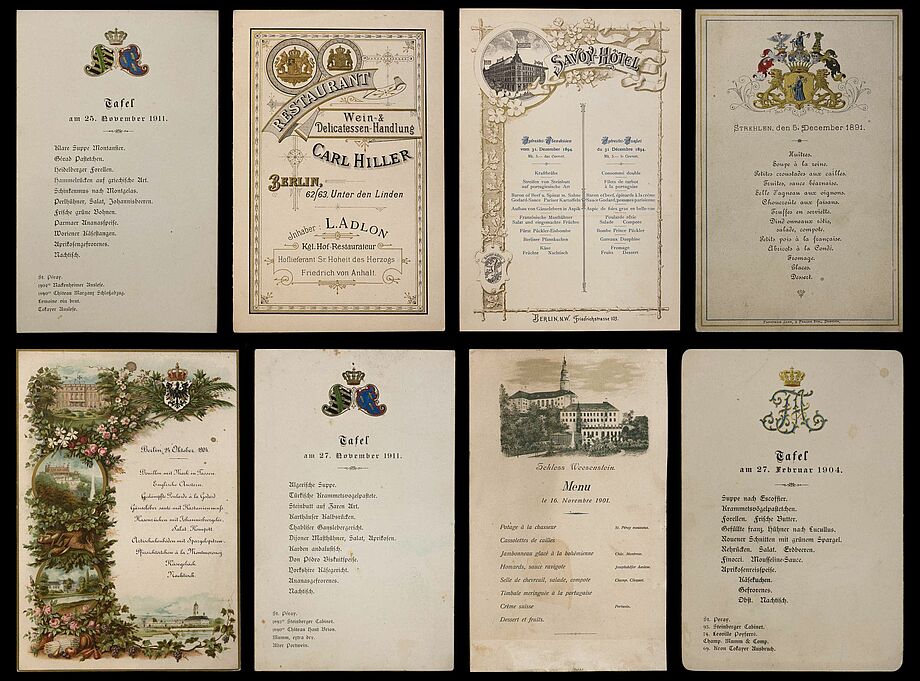
Born in 1935, Ernst Birsner was maître de cuisine in the cooking studio of the Burda publishing house and also cooked for the publishing couple Aenne and Franz Burda and their guests, some of whom were prominent. Through the publications of the Burda publishing house, he influenced the middle-class cooking culture in West Germany from the 1960s to the 1980s and became a connoisseur of cooking and gastronomy literature through his passion for collecting.
A collection with high value for research
The SLUB was able to acquire Ernst Birsner's extensive and culturally important Culinaria Collection in 2020 with financial support from the Kulturstiftung der Länder (Cultural Foundation of the German Federal States) and the Rudolf August Oetker Stiftung (Rudolf August Oetker Foundation). Due to its density and diversity, it can serve as a rich source of materials for a wide variety of research fields.
The prints contained in the collection served Ernst Birsner as a handbook for his daily work. In addition to French and English reference books on the art of cooking, the collection contains mainly German-language publications on both upscale and bourgeois cuisine. The collection also includes bibliophile pieces that reflect Birsner's passion for collecting and cooking. Particularly noteworthy is, among others, Bartolomeo Plata's De Honesta Voluptate, considered the first printed cookbook, in an edition from 1517.
Also highly interesting are the manuscripts, ranging from simple recipe collections to a menu book belonging to Emperor William II during his time in exile in Doorn (Netherlands). One of the treasures of the collection is the household inventory from Marly-le-Roi Palace, which was used by Louis XIV as a summer and hunting residence even before the construction of Versailles Palace. The inventory provides an insight into the dining culture of the French king.
The extensive collection of menu cards, with a focus on cards from German and European courts of the 19th and early 20th centuries, in part reproduces the daily meals of the princely and royal houses almost without any gaps. Ball invitations, table music programs, seating plans and more complete the collection. Equally interesting are the menus of luxury cruise liners and European star restaurants.
